1. Overview of Phia Thap Village
Located in Phuc Sen commune, Quang Hoa district, Cao Bang, Phia Thap village is home to the Nung An ethnic group, famous for its centuries-old traditional incense-making craft.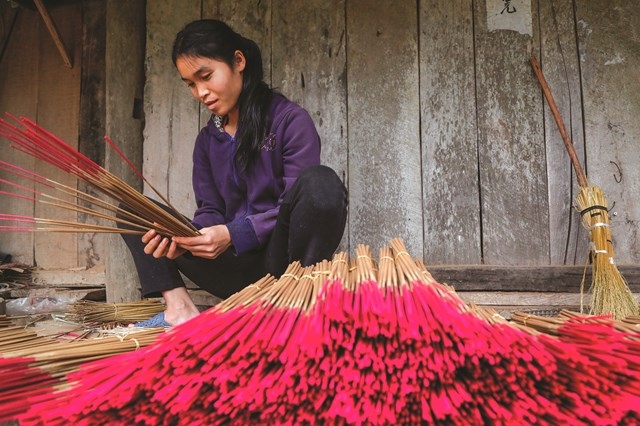 With more than 50 households participating in production, Phia Thap village still preserves traditional techniques passed down through generations, using only natural materials such as bamboo, sawdust, and local herbs.
Walking through Phia Thap, travelers can see vibrant incense sticks drying under the sun, inhale their earthy fragrance, and learn about the spiritual role incense plays in Vietnamese culture. Beyond its craft, the village also welcomes travelers with community-based tourism, offering homestays in traditional stilt houses and hands-on experiences with local artisans.
>>>> Prepare for your Cao Bang trip? Check out our blog on Cao Bang Accommodation!
With more than 50 households participating in production, Phia Thap village still preserves traditional techniques passed down through generations, using only natural materials such as bamboo, sawdust, and local herbs.
Walking through Phia Thap, travelers can see vibrant incense sticks drying under the sun, inhale their earthy fragrance, and learn about the spiritual role incense plays in Vietnamese culture. Beyond its craft, the village also welcomes travelers with community-based tourism, offering homestays in traditional stilt houses and hands-on experiences with local artisans.
>>>> Prepare for your Cao Bang trip? Check out our blog on Cao Bang Accommodation!
2. What to do in Phia Thap Village
2.1. Discover the local incense-making process in Phia Thap Village
One of the highlights of visiting Phia Thap Incense Village is witnessing how the locals have preserved the art of incense making for hundreds of years. Strolling through this Cao Bang village, you will see incense sticks neatly arranged in bright red and golden bundles, drying in the sun.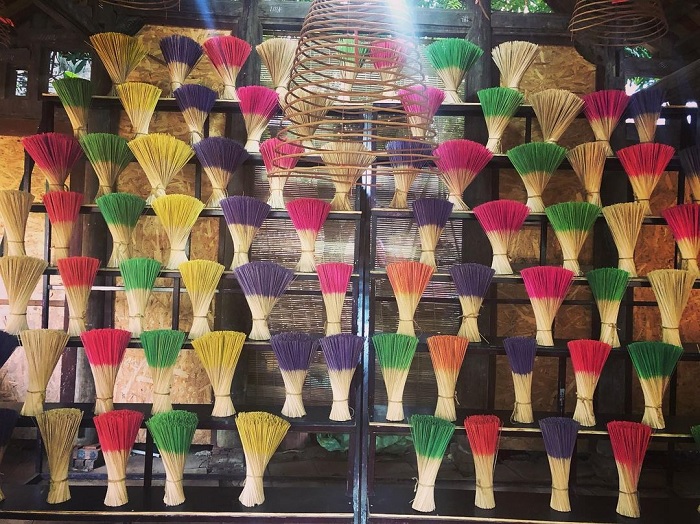 The Nung An people follow a meticulous process, including dipping bamboo in natural glue, rolling the bamboo with sawdust and powdered bark, dyeing the incense sticks, and drying them for up to four days, depending on the weather. Discovering this long-standing tradition in Phia Thap village is an authentic cultural experience.
The Nung An people follow a meticulous process, including dipping bamboo in natural glue, rolling the bamboo with sawdust and powdered bark, dyeing the incense sticks, and drying them for up to four days, depending on the weather. Discovering this long-standing tradition in Phia Thap village is an authentic cultural experience.
2.2. Explore the scenic landscapes in Phia Thap village
Not only handicrafts, Phia Thap village also has the peaceful beauty of a traditional Cao Bang village. The landscape here is surrounded by limestone mountains and green rice fields, with unique tiled stilt houses for your Cao Bang tour. The pace of life here passes slowly; travelers can stroll along the small roads in the village, take beautiful photos with colorful incense sticks in the countryside, and enjoy the peaceful life of the local people. The combination of handicrafts and natural landscapes has created a Phia Thap village that is both picturesque and rich in cultural identity.2.3. Immerse in the Nung An Ethnic People Community-Based Tourism
Community tourism is thriving in Phia Thap village, allowing visitors to stay overnight with local families. Many homestays are built on traditional stilt houses, where travelers can sleep on simple mattresses under mosquito nets, enjoy meals made from fresh local ingredients, and learn about the customs of the Nung An people. Staying at a homestay allows you to experience this Cao Bang village not only as a tourist but also as part of the community. This also helps generate income for the families, ensuring that the Phia Thap incense village heritage continues to thrive.2.4. Support Local Handicrafts and Culture
Before leaving Phia Thap village, don’t miss the opportunity to buy incense sticks directly from the artisans. Prices are very reasonable, usually around 10,000 – 20,000 VND per bundle, and each bundle of incense supports the livelihoods of more than 50 households. Bringing incense from Phia Thap village home is not only a souvenir, but also a way to preserve a long-standing tradition and contribute to the sustainable development of this Cao Bang village.2.5. Combine with Nearby Attractions
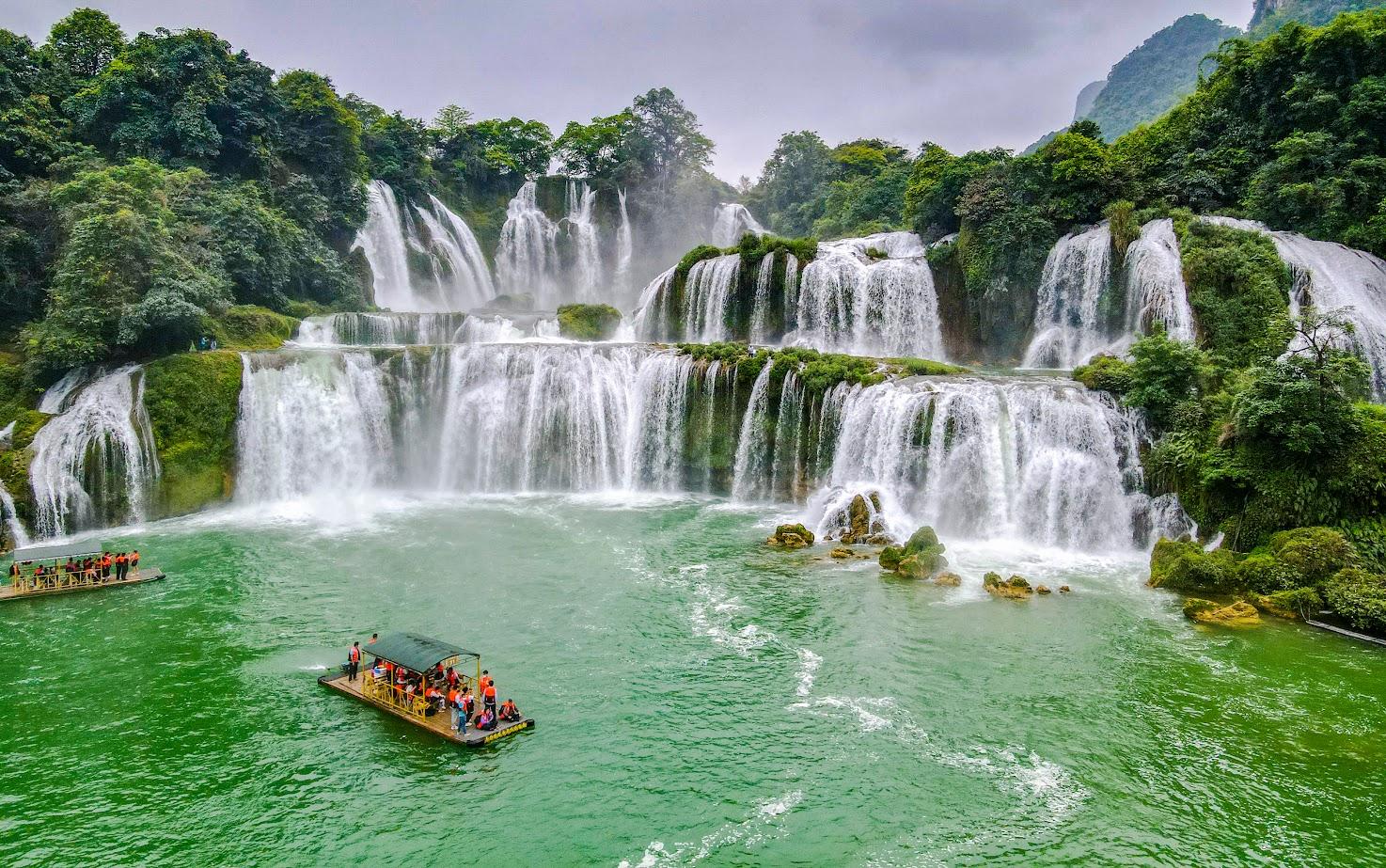 A visit to Phia Thap Village can easily be combined with other popular attractions in Cao Bang. Many visitors stop here on their way to the majestic Ban Gioc Waterfall, Nguom Ngao Cave, or the northern mountain trekking routes.
Spending time in Phia Thap Incense Village will add cultural depth to your Cao Bang exploration, balancing natural wonders with authentic human stories. This makes Phia Thap Village one of the perfect stops for anyone looking to explore the Cao Bang village.
>>>> Read More: Cao Bang Loop Tour – An Unique Journey From The Masses
A visit to Phia Thap Village can easily be combined with other popular attractions in Cao Bang. Many visitors stop here on their way to the majestic Ban Gioc Waterfall, Nguom Ngao Cave, or the northern mountain trekking routes.
Spending time in Phia Thap Incense Village will add cultural depth to your Cao Bang exploration, balancing natural wonders with authentic human stories. This makes Phia Thap Village one of the perfect stops for anyone looking to explore the Cao Bang village.
>>>> Read More: Cao Bang Loop Tour – An Unique Journey From The Masses
3. How to Reach Phia Thap Incense Village?
Located 325 km from Hanoi and only 25 km from Cao Bang city. The journey to this traditional Cao Bang village is truly an adventure, with poetic mountain roads, rice fields, and limestone landscapes along the way.- From Hanoi to Cao Bang: Most travelers start their trip from Hanoi. You can take a limousine, which usually takes around 6 – 8 hours to reach Cao Bang City. You can depart from My Dinh or Gia Lam bus stations, making it a convenient and affordable option. For more comfort, private cars or organized tours are also available.
- From Cao Bang City to Phia Thap Village: From Cao Bang city, it takes about 1.5 hours to drive to Huong Phia Thap Village. You can rent a motorbike to be more proactive in your journey, or hire a taxi or private car for comfort. The road is generally quite good, passing through the countryside of Northern Vietnam. Along the way, you will encounter local markets, small villages and valleys.
- On the Way to Ban Gioc Waterfall: A visit to Phia Thap village can easily be combined with a trip to Ban Gioc Waterfall or Nguom Ngao Cave, as they are located on the same route. Many travelers choose to stop in the village for a few hours to experience incense making before continuing their journey to the iconic waterfall. This makes Phia Thap Incense Village not only a destination but also a meaningful cultural stop on the journey to discover the natural wonders of Cao Bang.
4. Tips for traveling to Phia Thap Village
Best time to visit: The best time to explore Phia Thap village is from September to November and from March to May, when Cao Bang’s weather is cool, dry, and pleasant for walking. Avoid the rainy season (June – August) as heavy rains can affect travel and outdoor activities.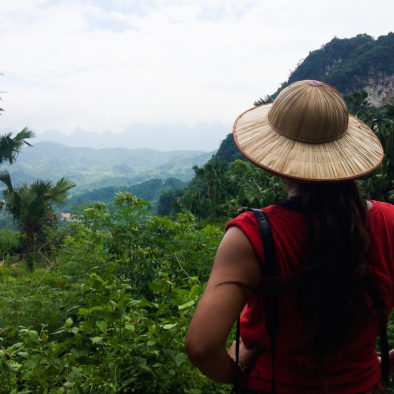 Wear comfortable clothing and footwear: The village roads are narrow and have many bumpy sections. Comfortable walking shoes will help you easily explore the incense factories and the surrounding traditional houses.
Respect the local culture: Phia Thap village is home to the Nung An people, who are warmly welcoming but also place great importance on respect. Always ask before taking photos of locals and join in their incense-making activities with curiosity and courtesy.
Transportation tips: Renting a motorbike from Cao Bang city is the most convenient way to reach the village. If you are unfamiliar with the area, hire a local guide to make your trip more interesting with cultural insights.
Wear comfortable clothing and footwear: The village roads are narrow and have many bumpy sections. Comfortable walking shoes will help you easily explore the incense factories and the surrounding traditional houses.
Respect the local culture: Phia Thap village is home to the Nung An people, who are warmly welcoming but also place great importance on respect. Always ask before taking photos of locals and join in their incense-making activities with curiosity and courtesy.
Transportation tips: Renting a motorbike from Cao Bang city is the most convenient way to reach the village. If you are unfamiliar with the area, hire a local guide to make your trip more interesting with cultural insights.
CONCLUSION
Visiting Phia Thap Incense Village is not only a journey to explore the traditional villages of Cao Bang, but also an opportunity for you to go back in time, witness the centuries-old traditional incense-making craft, and connect with the Nung An people, who have preserved this heritage for generations. Strolling on the quiet village roads, inhaling the fragrant scent of freshly made incense, and trying your hand at rolling bamboo toothpicks are experiences that will leave unforgettable memories.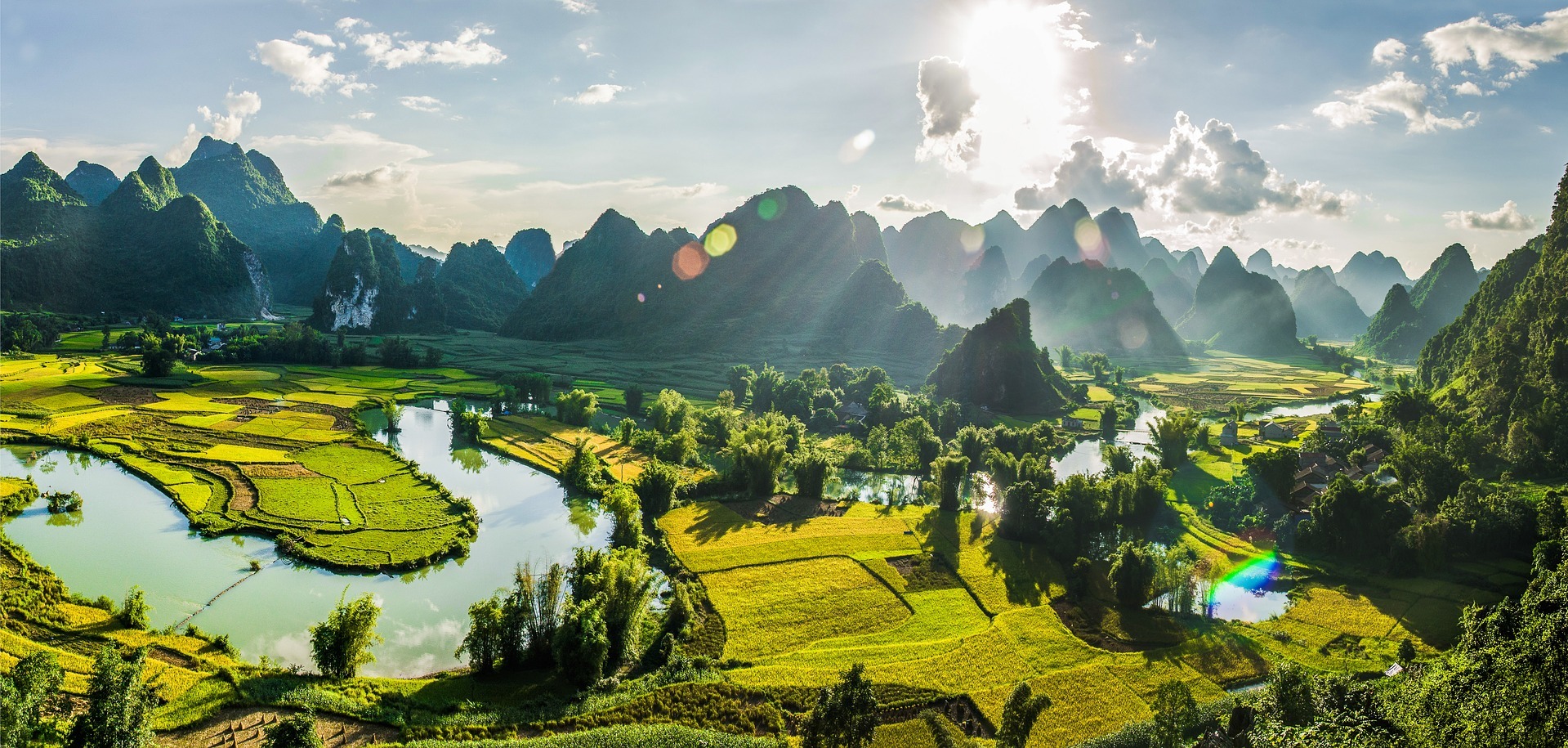 If you want to explore Phia Thap Village and other hidden gems of Cao Bang in a meaningful and responsible way, join YESD Travel. With our community-based tours, you will not only discover stunning landscapes and unique traditions but also directly support the local people and their sustainable livelihoods.
Book your Cao Bang tour with YESD today and let us bring you closer to the true beauty of Northern Vietnam.
If you want to explore Phia Thap Village and other hidden gems of Cao Bang in a meaningful and responsible way, join YESD Travel. With our community-based tours, you will not only discover stunning landscapes and unique traditions but also directly support the local people and their sustainable livelihoods.
Book your Cao Bang tour with YESD today and let us bring you closer to the true beauty of Northern Vietnam. 